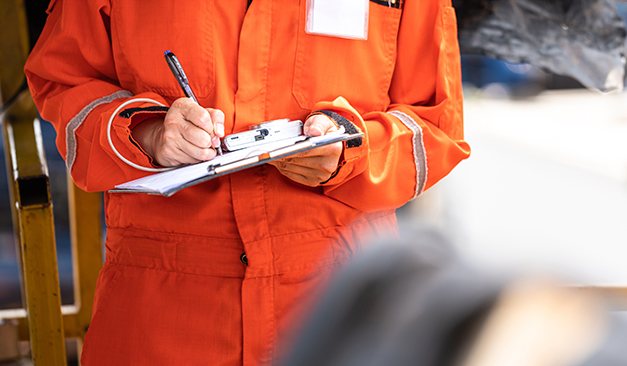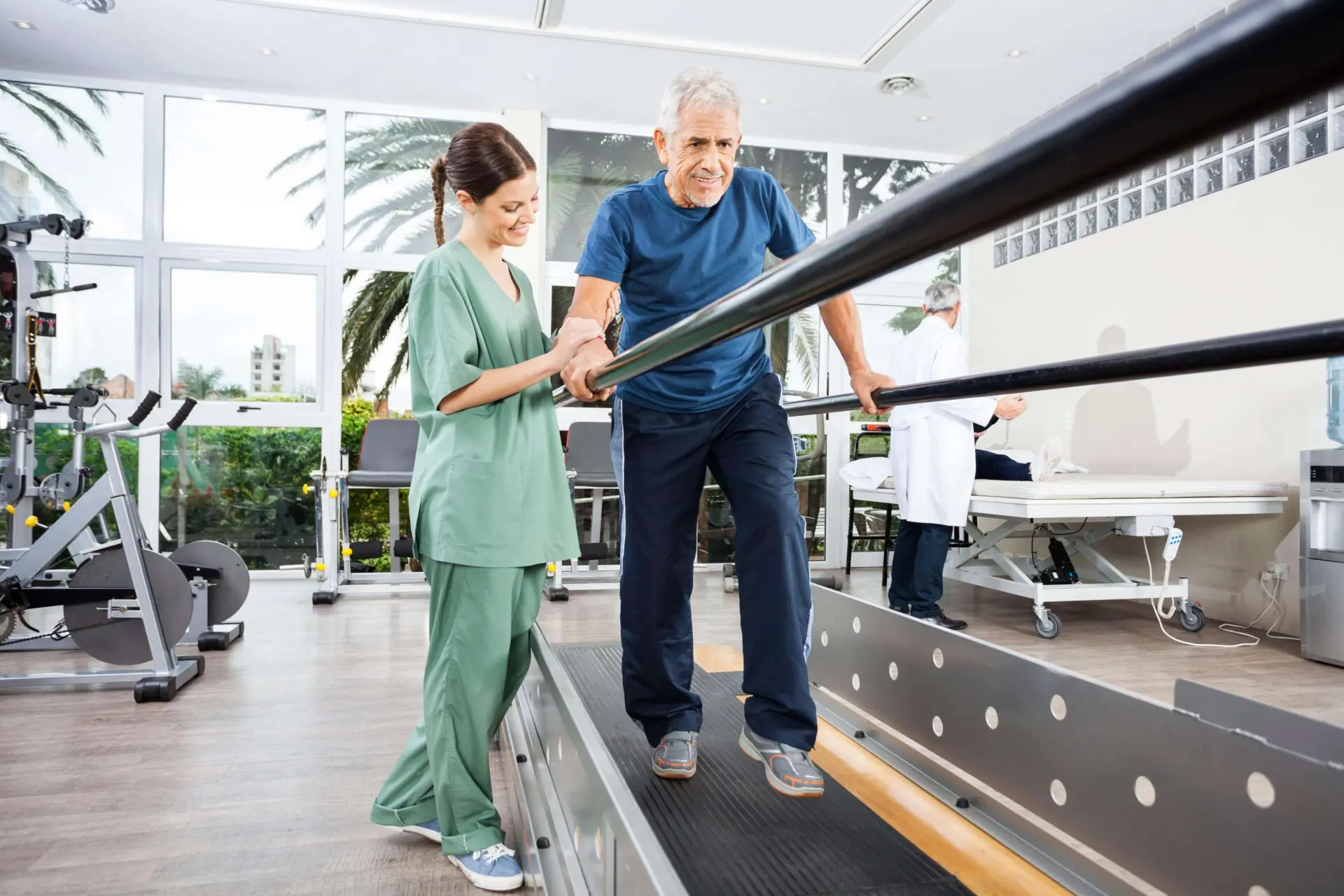See This Report on Dementia Fall Risk
Table of ContentsSome Known Details About Dementia Fall Risk 4 Easy Facts About Dementia Fall Risk DescribedOur Dementia Fall Risk IdeasA Biased View of Dementia Fall RiskSome Known Facts About Dementia Fall Risk.
The FRAT has three sections: fall threat status, danger variable list, and action strategy. An Autumn Risk Status includes data regarding history of recent drops, medications, mental and cognitive condition of the individual - Dementia Fall Risk.If the individual scores on a danger aspect, the matching number of points are counted to the client's autumn risk score in the box to the far. If a client's fall risk score totals 5 or greater, the individual is at high danger for falls. If the client scores just 4 factors or reduced, they are still at some danger of falling, and the registered nurse must use their best medical assessment to manage all fall threat factors as component of an all natural treatment plan.
These standard techniques, as a whole, help create a secure environment that decreases unexpected drops and defines core safety nets for all patients. Signs are essential for clients in danger for drops. Health care suppliers need to recognize who has the problem, for they are accountable for implementing actions to advertise client safety and security and stop drops.
Top Guidelines Of Dementia Fall Risk
Wristbands need to consist of the patient's last and first name, date of birth, and NHS number in the UK. Details should be printed/written in black against a white history. Just red shade must be made use of to signify unique individual condition. These referrals follow existing growths in person recognition (Sevdalis et al., 2009).
Products that are as well much may require the patient to get to out or ambulate needlessly and can possibly be a danger or contribute to falls. Aids protect against the person from heading out of bed with no assistance. Registered nurses react to fallers' phone call lights faster than they do to lights launched by non-fallers.
Aesthetic problems can considerably create falls. Maintaining the beds closer to the floor lowers the danger of drops and major injury. Positioning the mattress on the flooring significantly minimizes fall danger in some healthcare settings.
More About Dementia Fall Risk
Individuals that are tall and with weak leg muscles who attempt to sit on the bed from a standing placement are most likely to drop onto the bed because it's also low for them to decrease themselves securely. If a high individual efforts to obtain up from a low bed without aid, the patient is likely to fall back down onto the bed or miss out on the bed and fall onto the floor.
They're developed to promote timely rescue, not to avoid drops from More Info bed. Aside from bed alarms, enhanced guidance for high-risk people also may help stop drops.

Individuals with a shuffling gait rise fall opportunities drastically. To decrease loss risk, shoes must be with a little to no heel, thin soles with slip-resistant step, and support the ankles.
The Greatest Guide To Dementia Fall Risk
In a research study, homes with appropriate lights report less drops (Ramulu et al., 2021). Improvement in lights at home may reduce autumn prices in older adults.

Sitters are efficient for guaranteeing a safe, secured, and safe setting. Nevertheless, researches showed extremely low-certainty proof that sitters minimize autumn risk in acute care healthcare facilities and only moderate-certainty that choices like video clip surveillance can lower caretaker use without boosting loss threat, recommending that caretakers are not as helpful as at first believed Source (Greely et al., 2020).
Some Known Questions About Dementia Fall Risk.

Increased physical fitness decreases the risk for drops and restricts injury that is endured when fall takes place. Land and water-based exercise programs might be similarly valuable on balance and stride and thus reduce the danger for drops. Water exercise might contribute a positive advantage on balance and stride for females 65 years and older.
Chair Increase Workout is an easy sit-to-stand workout that helps enhance the muscles in the thighs and butts and improves wheelchair and independence. The objective is to do Chair Surge exercises without making use of hands as the client ends up being more powerful. See resources section for an in-depth instruction on exactly how to execute Chair Rise exercise.